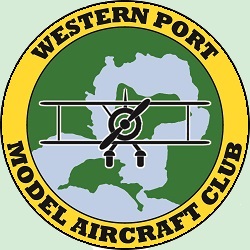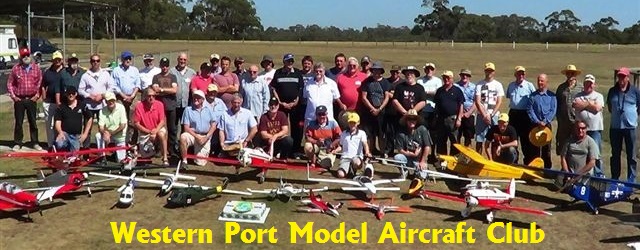Here is great servo torque calculator that accounts for all the main factors involved needed to determine this for model aircraft. Not so useful for helis,
Take the answers with a grain of salt and as always, include a safety margin to allow for unforseen situations like flutter, wind gusts etc.
The trick here is to know with some accuraxy the speed of the plane.
http://www.mnbigbirds.com/Servo%20Torque%20Caculator.htm
In case the link ever becomes invalid, the equations used are here.
Servo Torque Calculator
Courtesy of Chuck Gadd
Calculate Required Servo Torque
Formula Used
The maximum torque requirement does not always occur at full deflection. This calculator determines the torque at every control position, from 1 degree to the max. deflection specified.
The result is the max torque found and the position of the control surface when the max torque was reached.
The formula used to calculate the torque is as follows : Torque (oz-in) = 8.5E-6 * ( C^2 V^2 L sin(S1) tan(S1) / tan(S2))
Where:
C = Control surface chord in cm
L = Control surface length in cm
V = Speed in MPH
S1 = Max control surface deflection in degrees
S2 = Max servo deflection in degrees
Reducing the servo deflection from the default 60 degrees is similar to using ATV / Dual Rates to reduce the control throws. If you vary the servo deflection from the normal 60 degrees, you will see that using "Dual rates / ATV" to set the proper control surface deflection greatly increases the load on the servo.
Note the following assumptions:
The angle of incidence of the wing, stab, or fuse is zero (relative to the airflow).
Angular velocity and acceleration of the aircraft is zero.
Air flow may be modeled using Bernoulli's equation for dynamic pressure.
Conditions are: sea level, zero humidity, moderate (~55 F) temperature.
Control linkages have zero offset at hinge line and are perpendicular to horns at neutral.
Control mechanisms are frictionless and surfaces are mass-balanced.
The wing, stab, fuse, and control surfaces are basic scale shape.
No aerodynamic counterbalances are used. (Account for these manually, if desired.)
The pushrods are longer than the servo and control horns.
Please note:
The calculations are completely theoretical. No empirical "tweaking" has been done.
The assumptions (except #6) should generally yield conservative (high) predicted torques.
Extreme control throws are probably not practical at high speeds.
This model is best used for comparisons. No guarantees are made of its validity.
Maximum required servo torque may occur at LESS than maximum throw.
Scale & Giant Scale R/C is Sponsored by: Scale Flyers of Minnesota - Terms of Use / Privacy Policy


